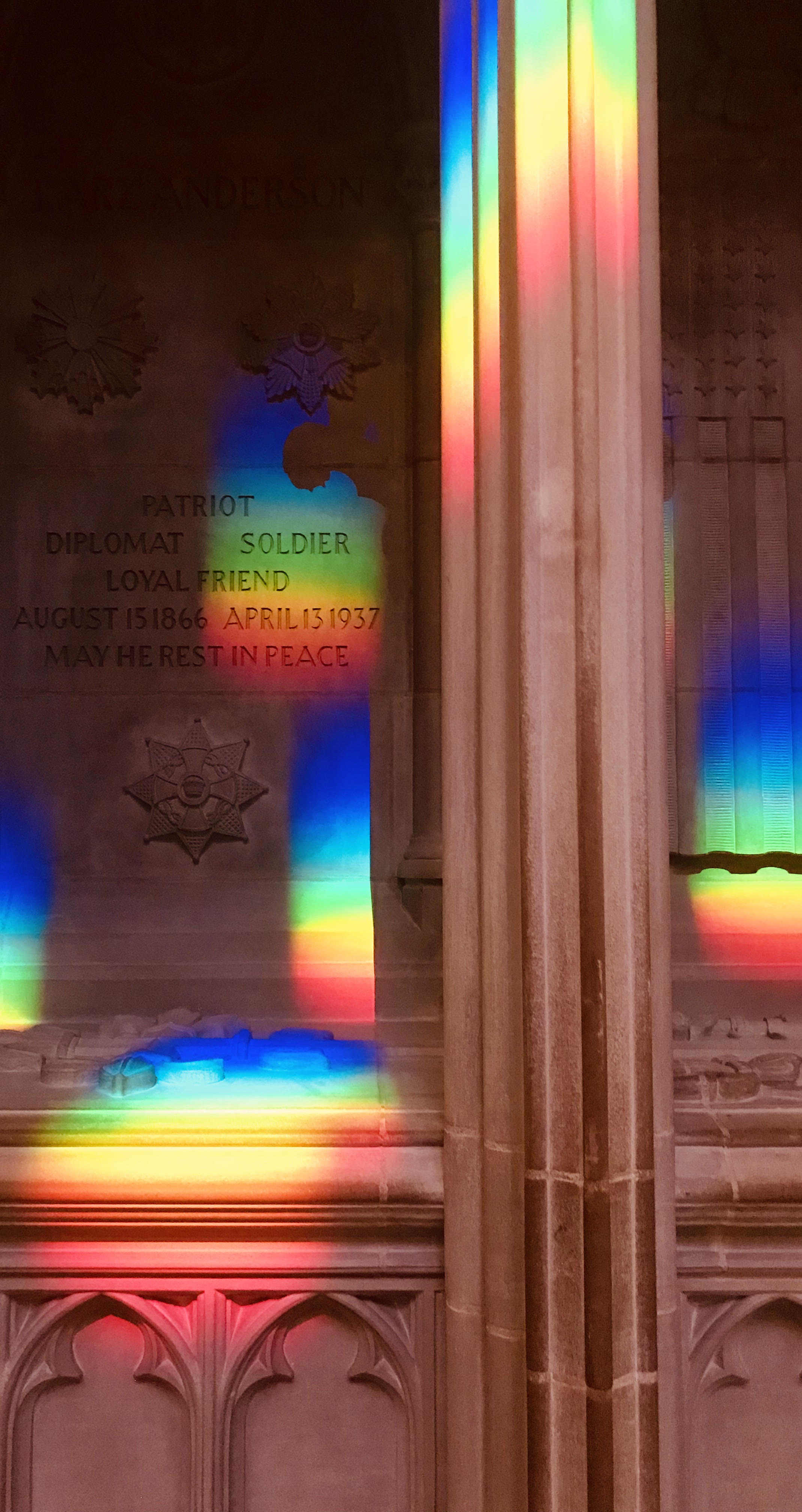
I have not spent much time in Washington, D.C., but on a recent trip I passed by the National Cathedral and decided to step inside.
It is a substantial stone structure on a 57-acre plot, full of well-kept gardens designed by Fredrick Law Olmsted. President Theodore Roosevelt witnessed the start of its construction in 1907 and President George H.W. Bush its completion in 1990. Although the Cathedral is an Episcopal church it is open to all people and is intended to be a spiritual home for the nation that promotes peace and unity. The church receives no financial support from the government but has served as the site for countless important functions including presidential funerals and inaugural prayer services.
In 2011 the structure was damaged by a magnitude 5.8 earthquake and sustained more than $34 million in damage. With more than $16 million yet to be raised, the extensive repairs are still underway. The cathedral contains a curious array of art, artifacts and memorials not limited to religious or spiritual themes.
One that I found particularly odd was the memorial for Larz Anderson (1866–1937) a bon vivant of the Gilded Age who married into money,
lived a privileged life, served briefly and unremarkably in the Spanish American War, and held several appointed positions. Yet, as far as I can tell, he had no substantial accomplishments or legacy other than several major donations made by the family after his passing — including an impressive collection of carriages and vintage motorcars.
I personally see no reason why Anderson should be immortalized next to Abraham Lincoln and Martin Luther King in the Washington National Cathedral. There is little doubt in my mind that this memorial was the result of a substantial donation. I mean no disrespect to Anderson or his family — he likely was an honorable man — but often the hubris of wealth and privilege can result in a public embarrassment. Ironically, the streams of rainbow-colored light that cover Anderson’s memorial passes through the stained glass Space Window that commemorates the Apollo 11 mission to the moon. The window famously holds a moon rock brought back by the crew.
